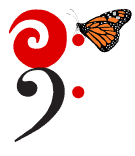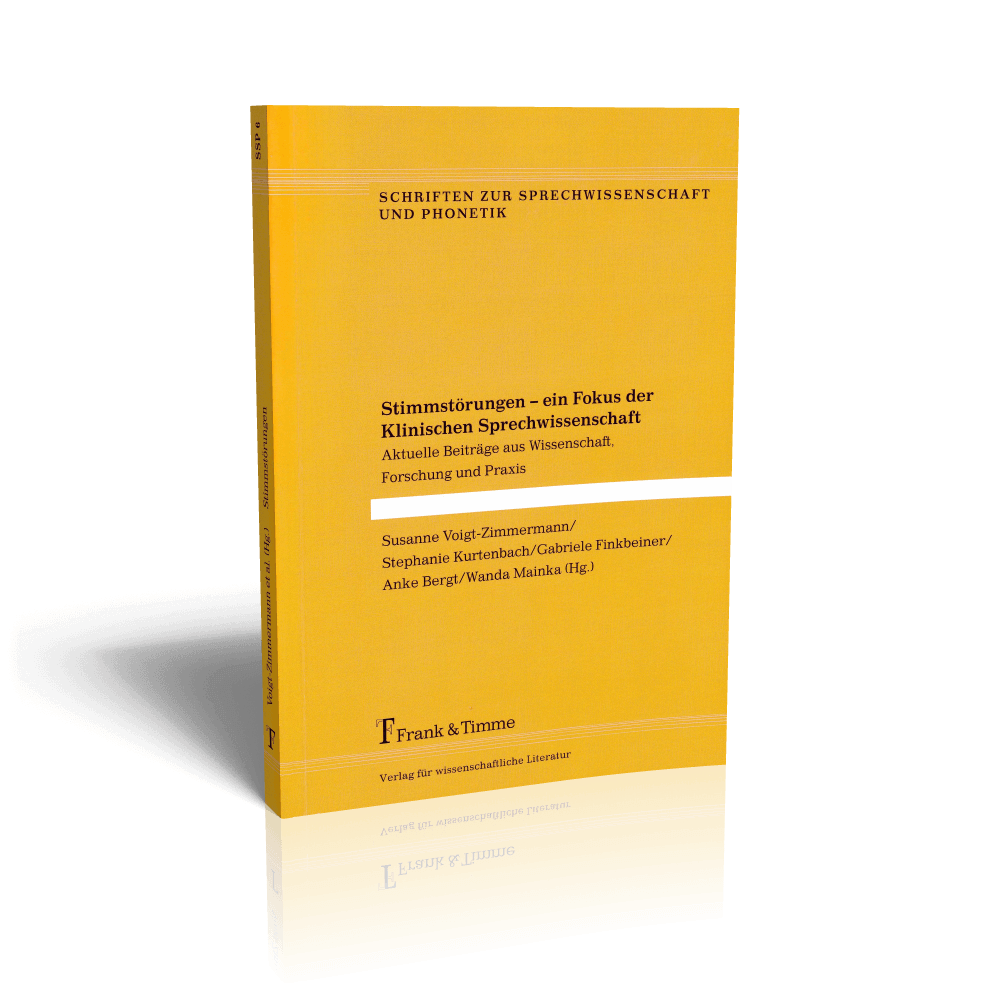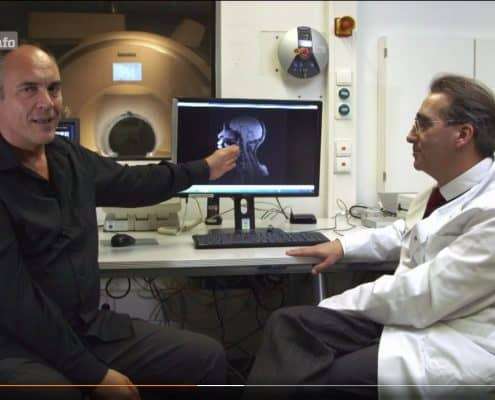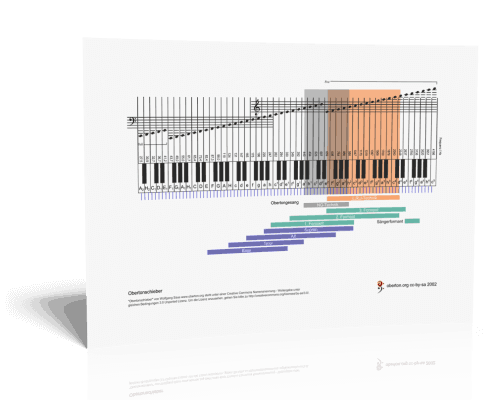Of Overtones and Love Messages: How a Video Redefines the Boundaries of Vocal Control
In a universe where Valentine’s Day, Ash Wednesday and World Sound Healing Day magically come together, a fascinating video reveals the hidden world of vocal sounds: a spectrogram of curious vibrations that look like letters and form the words “I LOVE YOU”. But what exactly is behind this amazing phenomenon?
Welcome to the world of the secret language of overtones, a realm that only a few have explored. As the author of this blog, I have probably mastered one of the most precise controls of human vocal resonance on the planet. Because let’s be honest, who else but me could accomplish something so masterful? (Of course, you are welcome to prove me wrong at this point. And I would be very happy if you did. Just give it a try!)
The voice, a miracle of nature, harbours more secrets than most people can imagine. Did you know that the true essence of the voice lies in the resonances of the vocal tract?
Yes, the overtone chord may seem like the star of the stage, but the real magic lies in the resonances that make our voices unique. This is just the beginning of an exciting journey I want to take you on. Are you ready to push the boundaries of controlling your voice? Then subscribe to my newsletter so you never miss a post. Because there is still a lot to discover in the world of vocal resonance.






Recent Comment